Table of content
Dahongpao, or “Big Red Robe,” is one of China’s most revered oolong teas, prized for its complex flavor profile, rich history, and cultural significance. Hailing from the Wuyi Mountains of Fujian Province, this rock tea (yan cha) is celebrated for its mineral-laden taste, smoky undertones, and floral aromatics. Yet, brewing Dahongpao to perfection requires more than just boiling water and a teabag. It demands precision, patience, and an understanding of the tea’s unique characteristics. This guide will explore the intricacies of brewing Dahongpao, from selecting the right tools to mastering infusion times, ensuring every sip reveals the tea’s full potential.
The Essence of Dahongpao: Why Proper Brewing Matters
Dahongpao’s allure lies in its terroir—the rocky, mineral-rich soil of the Wuyi Mountains imparts a distinctive “rock rhyme” (yan yun) to the leaves. When brewed correctly, the tea unveils layers of flavor: initial notes of dark chocolate or roasted coffee give way to floral and fruity nuances, followed by a lingering sweetness. Poor brewing, however, can mask these subtleties, resulting in a bitter, astringent, or overly smoky brew. Achieving balance requires attention to detail at every stage.
Tools of the Trade: Equipping Your Tea Ceremony
To brew Dahongpao like a connoisseur, you’ll need specific tools:
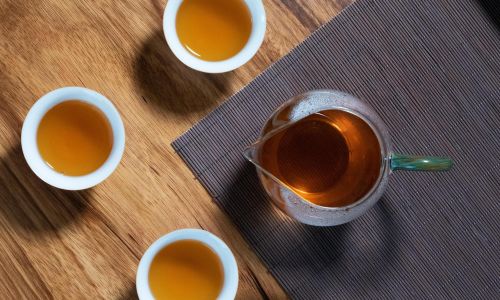
- Teaware: A porcelain gaiwan (lidded bowl) or Yixing clay teapot is ideal. Yixing pots, made from purple clay, absorb the tea’s oils over time, enhancing flavor with each use. Avoid glass or metal vessels, as they retain heat unevenly and may impart unwanted flavors.
- Water: Use fresh, filtered spring water. Avoid distilled water (flat-tasting) or hard tap water (mineral buildup).
- Temperature Control: A thermometer ensures accuracy, though experienced brewers may judge by sight (rolling boil for older leaves, near-boiling for younger ones).
- Timer: Essential for consistent infusion times.
- Tea Leaves: Opt for high-quality, loosely rolled Dahongpao leaves. Avoid broken or dust-like fragments, which oversteep quickly.
Water Quality and Temperature: The Foundation of Flavor
Water comprises 99% of brewed tea, making its quality non-negotiable. For Dahongpao:
- Temperature: 90–95°C (194–203°F). Boiling water (100°C/212°F) risks scorching delicate leaves, while cooler water fails to extract full flavor.
- Heating Method: Bring water to a rolling boil, then let it cool for 1–2 minutes if using a gaiwan. For Yixing pots, which retain heat better, a slightly lower temperature (85–90°C/185–194°F) may suffice.
Tea-to-Water Ratio: Finding the Sweet Spot
The ideal ratio balances strength and clarity. For a 150ml (5oz) gaiwan:
- Standard Brew: 7–8 grams of tea (about 1.5 teaspoons). Adjust to taste.
- Compact Leaves: Use slightly more, as tightly rolled leaves expand less.
- Loose Leaves: Reduce quantity to avoid bitterness.
Step-by-Step Brewing Guide
Preheat the Teaware
- Rinse the gaiwan or teapot with hot water to stabilize temperature. This “wakes up” the leaves and ensures even brewing.
Awaken the Leaves (First Rinse)
- Place tea leaves in the preheated vessel.
- Pour hot water (90–95°C) over the leaves, covering them completely.
- Immediately discard the liquid. This “rinse” removes dust, softens leaves, and primes them for infusion.
First Infusion: The Initial Unveiling
- Refill the vessel with hot water.
- Steep for 10–15 seconds. Shorter times preserve delicacy; longer times extract deeper flavors.
- Pour fully into a fairness pitcher (gong dao bei) to halt brewing.
Subsequent Infusions: Unraveling Complexity
Dahongpao thrives in multiple infusions, with each steep revealing new facets:
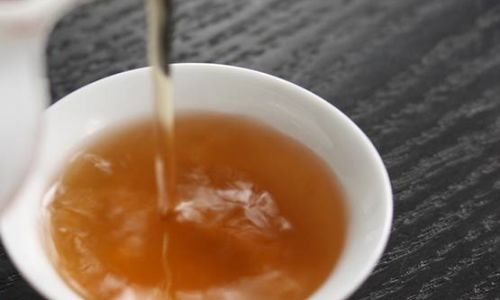
- 2nd Infusion: 15–20 seconds. Flavors deepen; smokiness emerges.
- 3rd–5th Infusions: 20–30 seconds. Balance between roast and floral notes.
- 6th+ Infusions: Extend by 10–15 seconds per steep. Sweetness lingers.
Mastering Multiple Infusions: A Dance of Time and Temperature
Dahongpao’s robust leaves withstand 7–10 infusions when brewed correctly. Key tips:
- Adjust Times: As leaves unfurl, they release flavor faster. Increase steeping time progressively.
- Observe the Leaves: Fully expanded leaves signal the end of their brewing life.
- Taste Frequently: Flavor evolution is subtle; sip between infusions to track changes.
Tasting and Appreciation: The Sensory Journey
Brewing Dahongpao is only half the ritual; tasting it mindfully elevates the experience:
- Aroma: Inhale deeply before sipping. Look for notes of stone fruit, charred oak, or orchid.
- Flavor: Note the interplay between roast (from charcoal firing) and freshness (from the tea’s terroir).
- Mouthfeel: A velvety texture indicates quality; grittiness may signal over-extraction.
- Aftertaste: A lingering sweetness, akin to honey or lychee, is a hallmark of fine Dahongpao.
Common Pitfalls and How to Avoid Them
- Oversteeping: Causes bitterness. Use a timer and adhere to recommended times.
- Incorrect Temperature: Too hot water scorches leaves; too cool fails to extract flavor.
- Overcrowding the Vessel: Leaves need room to expand. Use the recommended tea-to-water ratio.
- Reusing Leaves Without Rinsing: After multiple infusions, leaves may release tannins. Discard and start fresh.
Storing Dahongpao: Preserving Purity
Proper storage maintains flavor between brewing sessions:
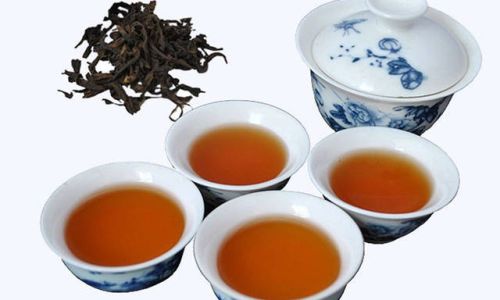
- Avoid Light/Air: Use opaque, airtight containers.
- Control Humidity: Store in a cool, dry place (50–60% humidity).
- Avoid Odors: Dahongpao absorbs scents easily; keep away from spices or coffee.
Conclusion: The Philosophy of Brewing
Brewing Dahongpao is an act of mindfulness—a dialogue between brewer and leaf. Each step, from heating water to observing infusions, invites contemplation. While guidelines provide structure, trust your palate: adjust times, temperatures, and ratios to suit your preferences. Over time, you’ll develop an intuition for coaxing the tea’s essence, transforming a simple ritual into a profound connection with tradition.
Whether sipped alone or shared, a well-brewed cup of Dahongpao offers more than hydration—it’s a journey through China’s storied tea culture, one sip at a time.
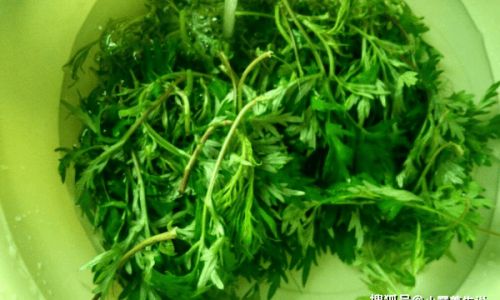
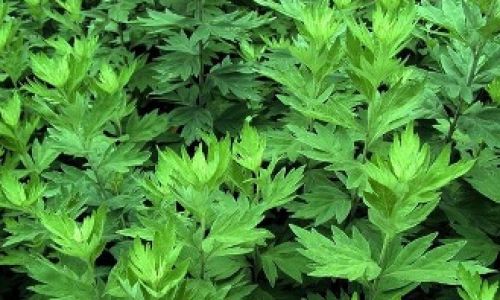
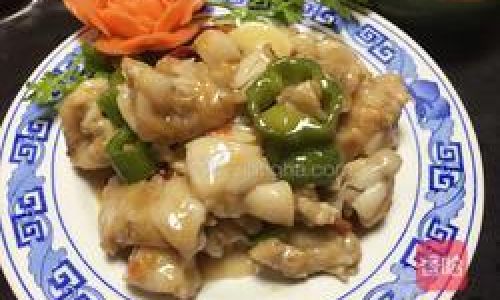
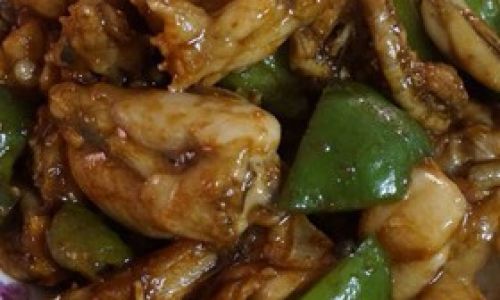
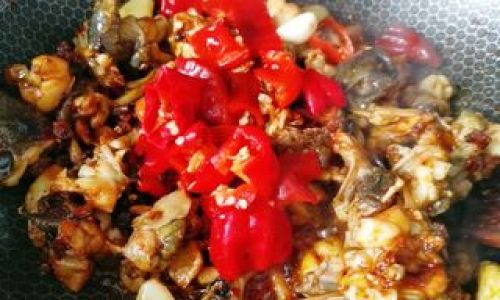
0 comments